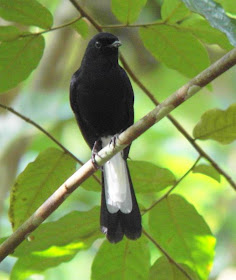 |
| Brown Snake Eagle |
Flaying Animal | Brown Snake Eagle | has dark brown overall appearance, large head and upright stance. Adult has dark brown plumage. Slight white mottling is visible on flight feathers. Underwing is silvery-grey. In fresh plumage, brown tail shows three narrow, white bars and a fine white tip. Head is dark brown, as body. Hooked bill is black with pale grey cere. Eyes are yellow. Long bare legs and stubby feet are pale grey. Both sexes are similar in plumage, with female slightly larger than male, about 5%. Juvenile is similar to adult, but some individuals may be slightly paler, or have fine pale feathers' edges, giving a faint scaled effect. Head and breast show white feathers bases often conspicuous.




















